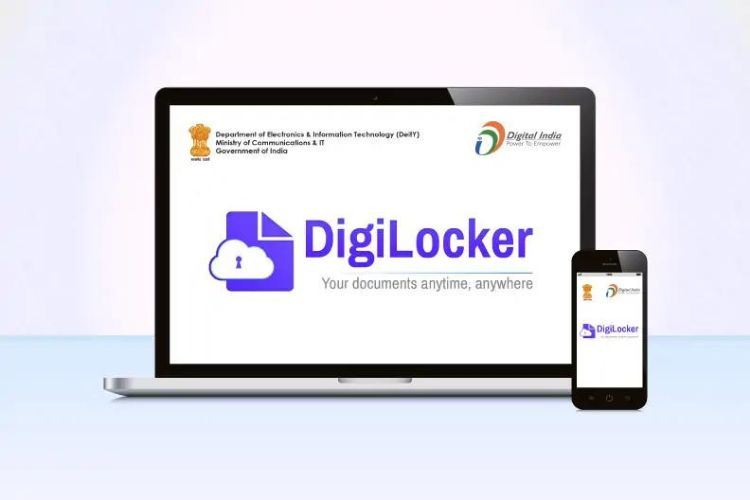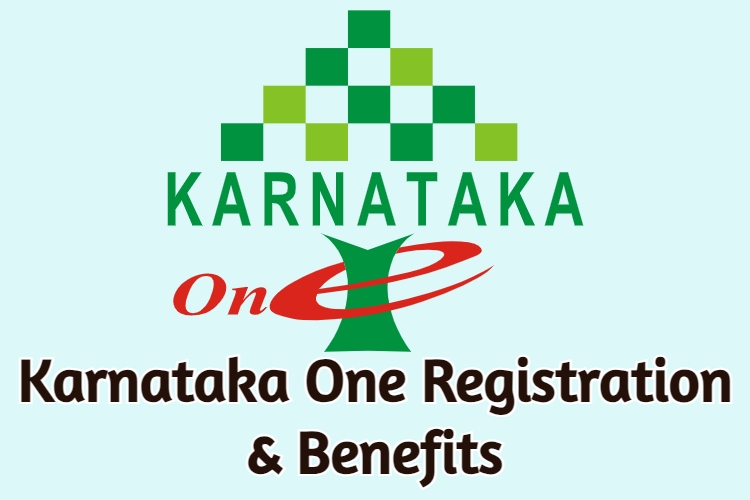Voluntary Provident Fund (VPF) is almost the same as the Employees’ Provident Fund (EPF). The only difference between the two is of choice: in VPF, the employer is under no obligation to match his/her employees’ contribution towards the fund. In the EPF, the employer has to mandatorily match the employees’ contribution to the fund.
How to apply for Voluntary Provident Fund (VPF)?
Unlike other types of schemes, it is comparatively easier to apply for VPF. Here’s your step-by-step guide to doing so:
- Contact your company’s human resources (HR) team.
- Tell them that you want to invest in VPF.
- You will have to fill up the KYC form and provide the necessary documents, if any, requested by the HR executive.
- Once that is done, he/she will then initiate the procedure, through which your EPF account will be converted into a VPF account.
This is the only way in which you can apply for this provident fund.
How does Voluntary Provident Fund work?
VPF works the same way as the EPF. A part of your salary is invested into the fund, which you cannot withdraw until 5 years. Your contribution fetches interest that is added to your invested money. This way your capital keeps growing and reaches a substantial value if you withdraw late. The interest earned by the VPF is decided by the Government of India.
Key Benefits of the Voluntary Provident Fund (VPF)?
Investing in VPF is beneficial in tens of different ways, but here are some of the premier reasons why you consider investing in this fund.
- Tax benefits
Taxes are a real pain and all good investors choose investment tools that offer them maximum tax benefits. VPF is great in this context, as all contributions and interests in this scheme are exempt from tax, according to the Section 80C of the Income Tax Act, 1961. While employees are eligible for tax benefits of up to ₹1.5 lakh, interest earned over 9.50% per annum will be taxable.
- Risk-free scheme
Another common thing that retail investors are often worried about is security and risk. They ideally want to stay away from investment tools that are too volatile or there’s a risk of severe losses or fraud. VPF is an excellent option to consider, since the fund is operated and backed by the Government of India itself. So, there’s no risk involved, with the money parked in the safest place in the country.
- Decent returns
VPF is one of the highest-paying investment schemes in the country. Historically, it has given over 8% per annum in returns, which is well over the returns earned through other schemes. Currently, the scheme is earning investors 8.50% per annum as interest. And remember: the amount is tax-free.
Can you withdraw prematurely from VPF?
Yes, absolutely! VPF allows you to withdraw partial or the entire amount. Try not to, though, as withdrawals made before the maturity period the fund, which is 5 years, attract tax. To withdraw from the VPF, you need to fill up Form-31 and then submit it with self-attested copies of your documents. The most common reasons why people withdraw money prematurely from VPF are:
- Payments of your, or your kin’s, medical bills.
- To cover the cost of higher education or marriage.
- For the construction of your house or for buying a new one
Basic rules & Guidelines of VPF:
The following are some of the VPF’s basic rules and guidelines:
- A VPF scheme cannot be discontinued or withdrawn in the middle of the year.
- Only salaried professionals who are members of the EPF can enroll in the VPF scheme.
- The entire maturity sum becomes taxable if the direct tax code is implemented.
- You can invest 100 percent of your basic plus dearness allowance in a VPF.
- If you withdraw money from your VPF within five years, you will have to pay tax on the interest you received from your VPF donation.
Rate of Interest of VPF:
The Indian government sets the interest rate, which is revised on a yearly basis. The interest rate for VPF/EPF for the FY 2019-2020 is 8.50% per annum. The interest rate has been reduced from 8.65%, which was the previous rate of interest. Because of the high rate of interest and tax advantages, investing in a VPF account is a viable option.
The following table shows the historical VPF interest rates of the last few years:
| Financial Year | VPF Rate of Interest (p.a.) |
|---|---|
| 2019-2020 | 8.50 % |
| 2018-2019 | 8.65 % |
| 2017-2018 | 8.55 % |
| 2016-2017 | 8.80 % |
| 2015-2016 | 8.80 % |
| 2014-2015 | 8.75 % |
| 2013-2014 | 8.75 % |
Frequently Asked Questions (FAQs):
Q: Who can invest in VPF?
Ans: All employees on a company’s payroll are eligible to open a VPF account.
Q: How are VPF and EPF different from each other?
Ans: VPF is an extension of EPF. In an EPF account, you need to mandatorily give 12% of your Basic Salary and Dearness Allowance towards the fund. In a VPF, it is a voluntary contribution.
Q: Who are ideal candidates for a VPF account?
Ans: Anyone who is looking to invest in a long-term financial instrument is an ideal candidate. VPF accounts are best for people nearing retirement and/or are looking out for a safe pension fund option.









